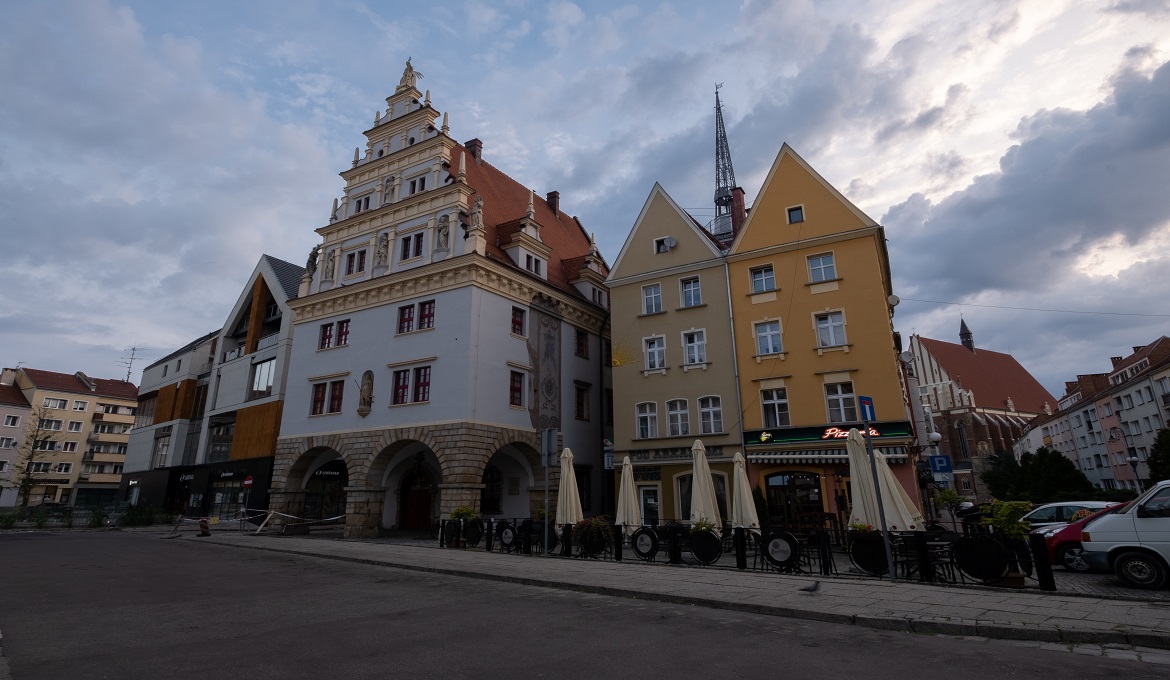A Journey through Polish Provinces: The Opolskie Province
The Opolskie Province is a captivating region in the southwestern part of Poland. It holds the distinction of being the smallest and least populated region in the country. However, its compact size belies its rich history, cultural significance, and natural allure. The province’s name is inspired by its capital, Opole, also its largest city. This region is a part of the historical Upper Silesia and is notable for its significant German minority.
Opole, the capital, with a rich history dating back to the 8th century, is one of Poland’s oldest cities. Over the centuries, Opole has been recognized as a significant stronghold and was even the capital of a duchy within medieval Poland. By 1217, it had been granted city rights by Duke Casimir I of Opole. The city’s strategic location made it a hub for commerce during the Medieval and Renaissance periods, with several major trade routes intersecting here. This advantageous position led to steady profits from transit trade and contributed to the city’s growth and regional significance.





Opole’s cultural heritage is a tapestry of Central European influences, having been under Polish, Bohemian (Czech), Prussian, and German rule at various points in its history. After World War II, Opole formally rejoined Poland. Today, the city is a vibrant center of education and culture, housing several higher education institutions. One of its most notable events is the National Festival of Polish Song, celebrated annually since 1963. Opole’s picturesque Old Town, crisscrossed by canals and bridges, has also earned it the nickname „Polish Venice.” Tourists visiting Opole can also explore its ancient churches, including the 10th-century Church of St. Adalbert and the 14th-century Church of the Holy Cross, and admire the remnants of its medieval architecture.
Nysa, established in the 10th century, has witnessed many significant events, from the Hussite Wars to the devastation of World War II. The city’s historical center is a testament to its past, with structures like the Gothic-style Church of Saint James and Saint Agnes and the Baroque Nysa Cathedral standing as silent witnesses to the bygone eras.
In addition to its historical significance, Nysa is also known for its natural beauty. The Nyskie Lake, situated near the city, is a popular destination for locals and tourists. This man-made reservoir, created in the 1970s, offers a range of recreational activities, from sailing to fishing. The lake’s serene waters and the surrounding greenery provide a peaceful retreat from the urban hustle. Moreover, Nysa’s location near the Sudetes Mountain range offers hiking opportunities and exploring the region’s picturesque landscapes.
Moszna Castle is a remarkable example of eclectic architecture, blending elements of Neo-Gothic, Neo-Baroque, and Neo-Renaissance styles. Situated approximately 30 kilometers (19 miles) south of Opole, the castle’s history traces its roots back to the 18th century. However, the current architectural marvel visitors see today underwent significant expansion and reconstruction between 1896 and 1914. The central part of the castle, which is baroque in style, was rebuilt after a fire in 1896. Subsequently, the eastern wing, designed in a Neo-Gothic style, and the western wing, reflecting Neo-Renaissance influences, were added. The castle boasts an impressive 365 rooms and 99 turrets, making it a significant tourist attraction in the region.
The castle’s expansive grounds further enhance its appeal. The surrounding park, which seamlessly transitions from manicured gardens to fields and forests, offers visitors a serene environment to explore. Notably, the park features a pond with an islet, whimsically referred to by past owners as „Easter Island,” accessible via a Chinese-styled bridge. Over the years, the castle has hosted various events and exhibitions showcasing art and culture. Its rich history and architectural grandeur make Moszna Castle a must-visit destination for those exploring Poland’s Opolskie region.


Grodków and Głuchołazy, though less frequented by tourists than Opole and Nysa, are hidden gems.
Grodków origins trace back to the emerging Polish state around 990 A.D, and its name, derived from the Polish word „gród,” meaning „stronghold,” reflects its historical significance. The Gothic St. Michael’s Church, built in the 13th century, is one of Grodków’s most notable landmarks. The town’s medieval layout features a rectangular marketplace with streets leading to city gates and neighboring towns.
Głuchołazy is a historic town situated near the border with Czechia. The town’s origins can be traced back to the 13th century, when it was established in the episcopal Duchy of Nysa within fragmented Poland. Over the years, Głuchołazy has undergone various phases of development and has been influenced by multiple rulers, including the Přemyslid margrave Vladislaus III of Moravia and the Thurzó and Fugger families, who were involved in iron ore and gold mining in the region. The town’s historical significance is further highlighted by its medieval defensive walls and structures, such as the Church of St. Lawrence, built in the mid-13th century.
The geographical diversity of Opolskie is one of its standout features. The Oder River gracefully meanders through the region, enhancing its scenic beauty. The northern part is densely forested, perfect for nature lovers, while the southern terrains, with their fertile lands, are agricultural strongholds. Thanks to its natural and architectural attractions, tourism in Opolskie is on the rise. The region has three large lakes: Turawskie, Nyskie, and Otmuchów. These lakes are hubs for boating, fishing, and water sports. The Opawskie Mountains between Prudnik and Głuchołazy are a tourist favorite, offering numerous hiking trails. Additionally, the castle in Brzeg, a Silesian Renaissance masterpiece, and the medieval defense structures in Paczków, often referred to as the Upper Silesian Carcassonne, are major attractions.
Opolskie, with its rich history, diverse culture, and breathtaking landscapes, is a Polish gem waiting to be explored. Whether you’re a history buff, an architecture enthusiast, or someone seeking solace in nature, this region promises an unforgettable experience. Its blend of old-world charm and modern amenities ensures every visitor leaves with cherished memories.


